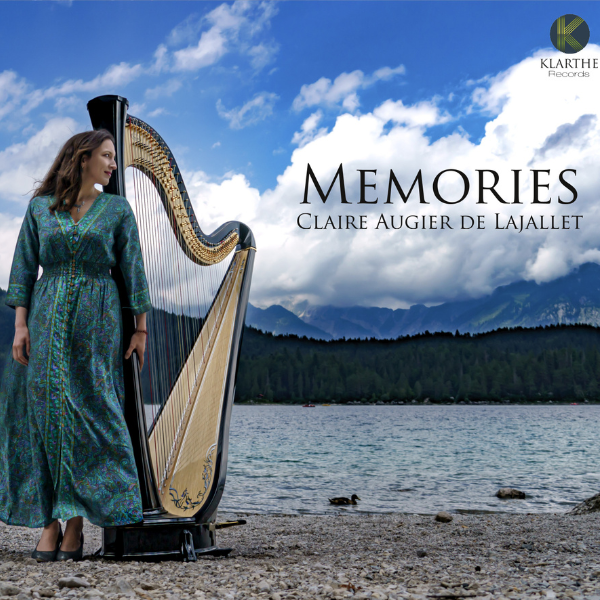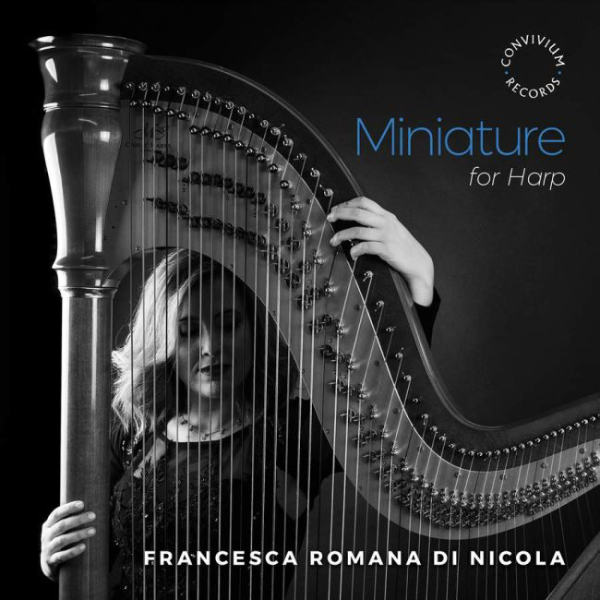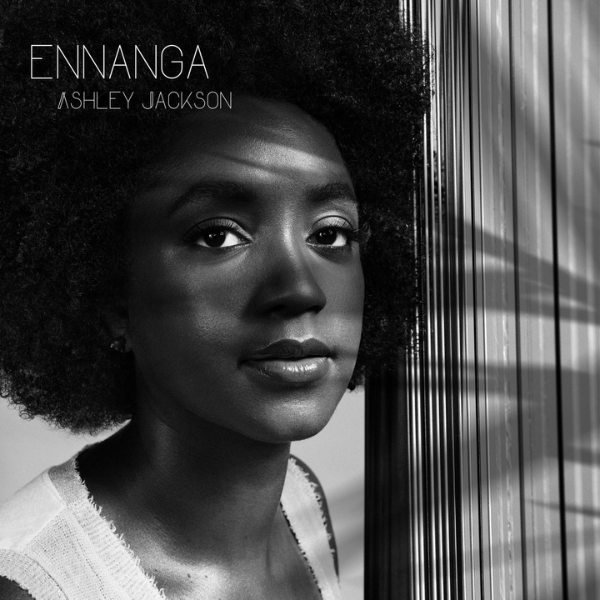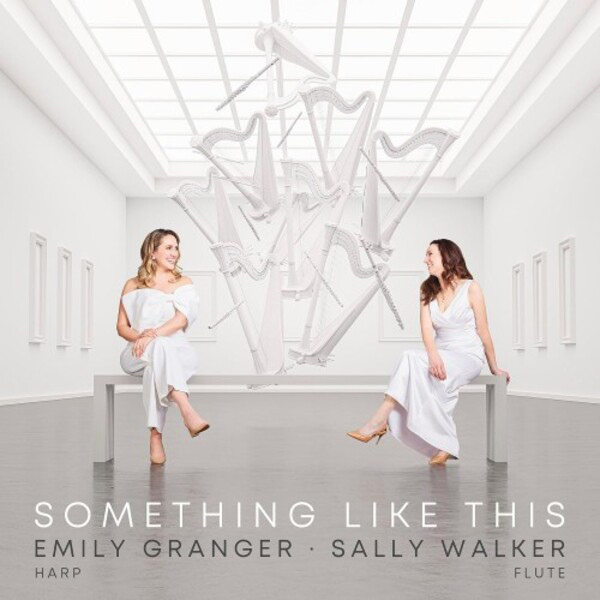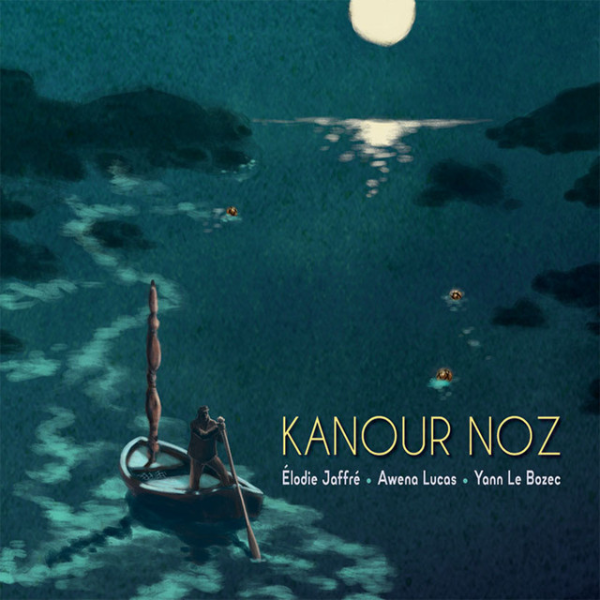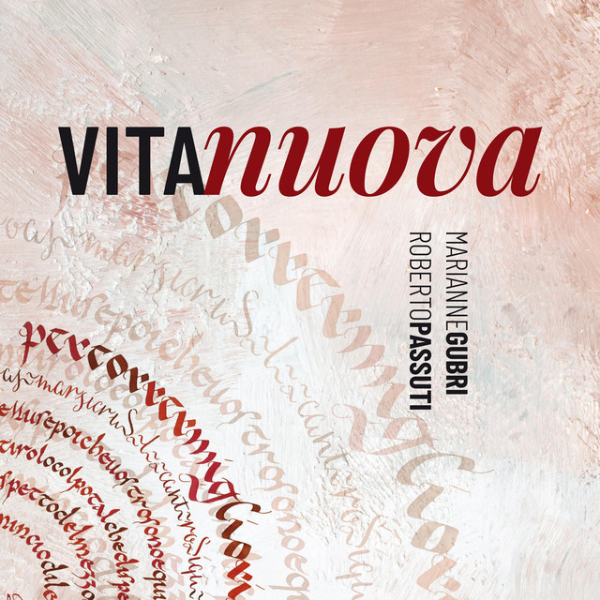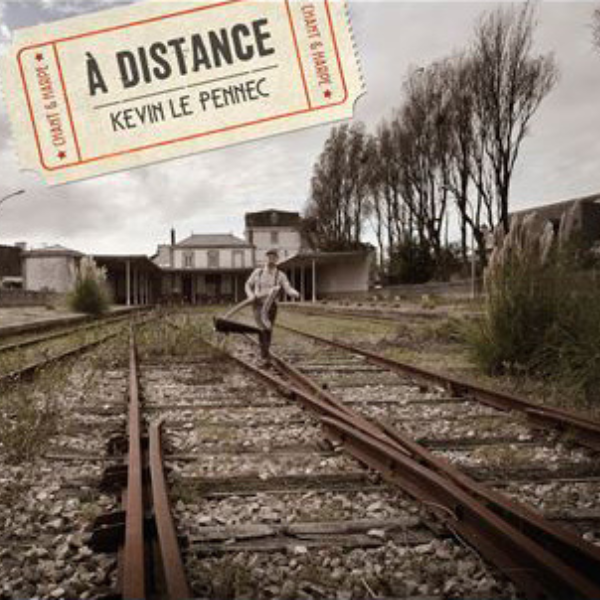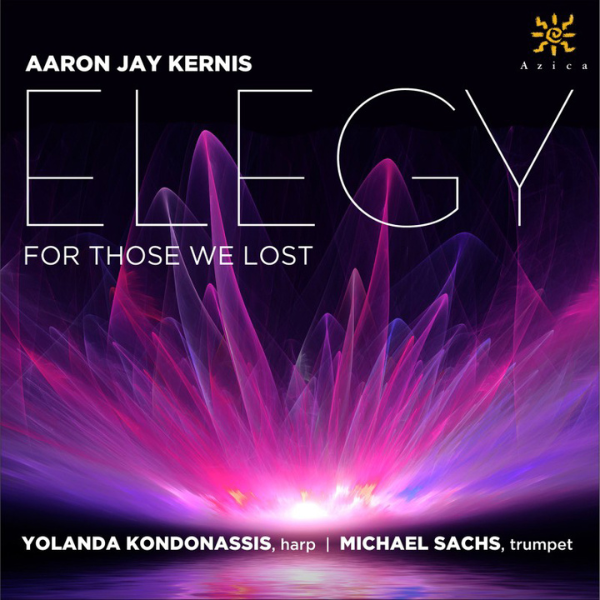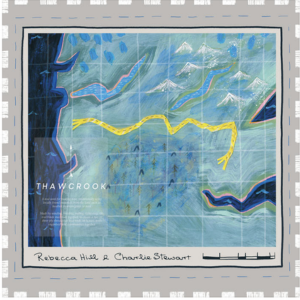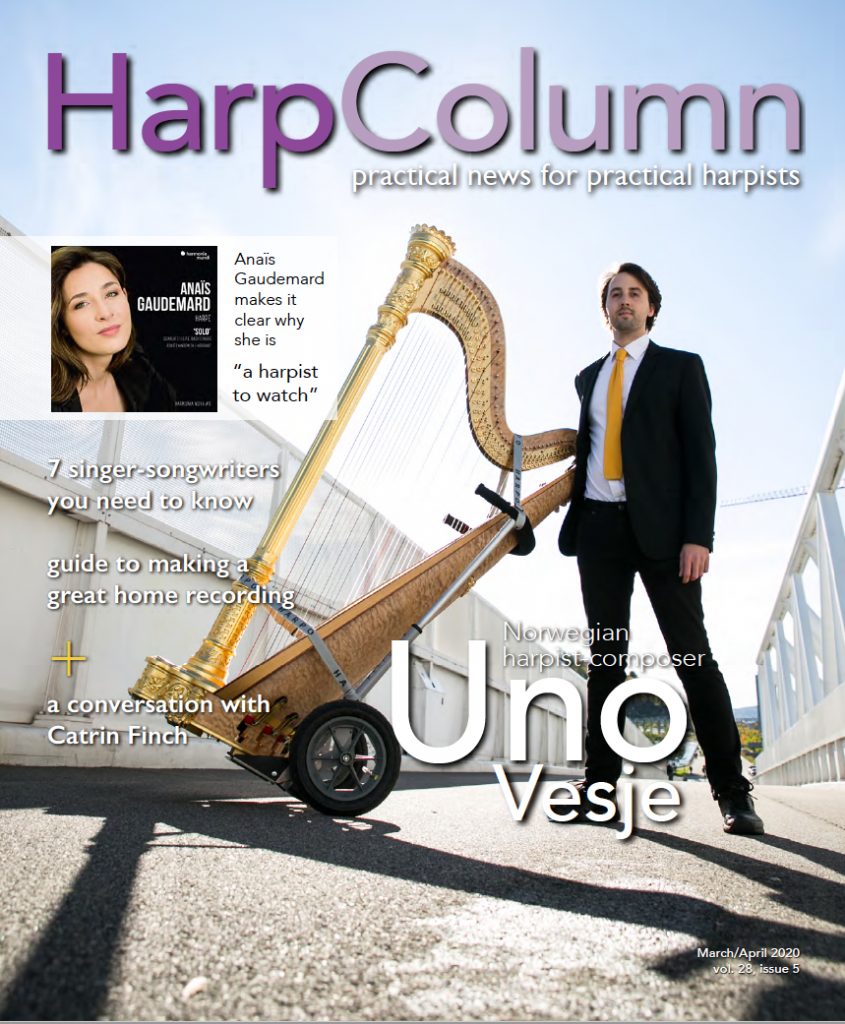
9/10
EAnaïs Gaudemard, harp. Harmonia Mundi, 2019.
When the European Concert Hall Organization named Anaïs Gaudemard a “Rising Star”’ last year, she accepted this high honor with grace, though adding, “It is impossible to be a ‘star’ next to the harp, because it fascinates, intrigues, and dazzles.” It might be safe to say this thrilling young musician is on the edge of a long and fulfilling career, entering with a polished technique and ability to move a listener, coupled with just the right amount of self-effacement to continue discovering as her artistry deepens.
In her latest album, simply titled Solo, Gaudemard sets a goal to reveal the harp’s potential in its original repertoire. Hardly an original idea in and of itself, in her deft hands, the repertoire becomes more than just a survey. Rather, familiar works seem to speak to one another, coaxing along through the centuries composers’ interest and curiosity in the wide possibilities of the instrument.
Every Parisian alive at the fin de siècle would have been familiar with the tragic pathos and otherworldliness of Leconte de Lisle’s Les Elfes. A knight rides through the dark forest only to be bewitched by evil spirits. Upon hearing the disembodied voice of his lover cry out, “The eternal grave will be our wedding bed,” he does the proper thing and immediately dies on the spot. Henriette Renié based her Légende on this poem, challenging the harpist to become the musical storyteller, a trait natural to Gaudemard in the ease of her recitative, consistently insistent tempo, wide dynamic range, and haunting color.
Notable works on the CD include C.P.E. Bach’s Sonata for solo harp, and the “title track” as it were, Solo. Gaudemard coaxes an intimate quality from her instrument, lingering on the intricate ornaments and never shying away from the quirky character of this most successful of Bach’s sons.
Fast-forwarding a few hundred years to Paul Hindemith, we hear a similar mastery of forward motion, long legato lines and a keen communication of structure and form, yet without any academic ponderousness. A sometimes balancing act, Gaudemard sidles into the challenge flawlessly allowing things to blossom in her hands, imbuing Hindemith’s coolness with intensely varied hues.
In 2002, French composer Philippe Hersant wrote a solo piece that uses none of the typical harp language of glissandi or arpeggios, a feat rare for any composer. What we hear in Bamyan is a mysterious and ancient quality, as though the instrument were more an oud than a harp. The place is one of great cultural significance in central Afghanistan, its magnificent fourth century Buddha statues destroyed by the Taliban. Gaudemard takes us there, to a time before war and tragedy, and yet weaves a mesmerizing song of sorrow and longing.
Anaïs Gaudemard is a harpist to watch, and I, for one, can’t wait to see where she’s headed next.







